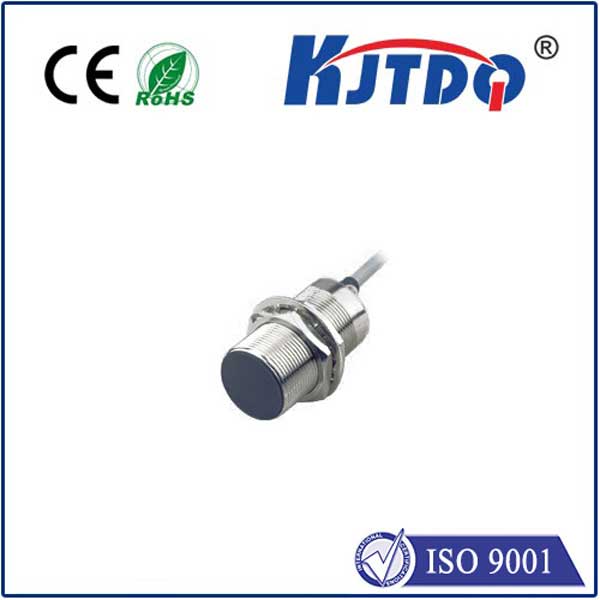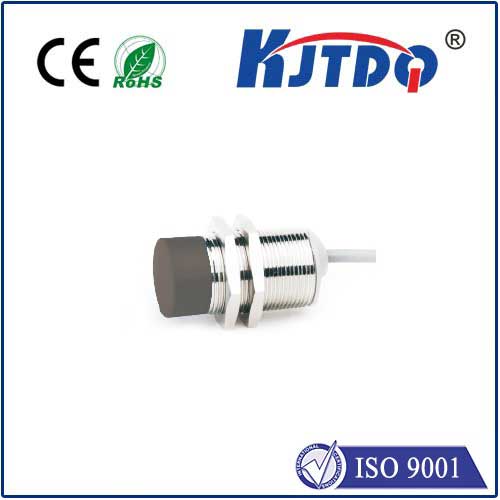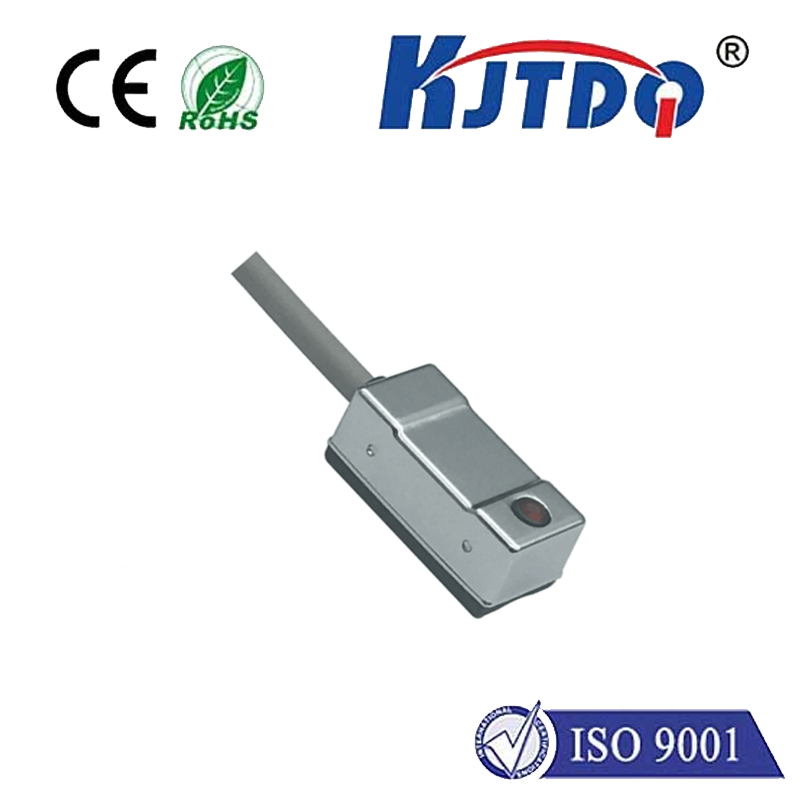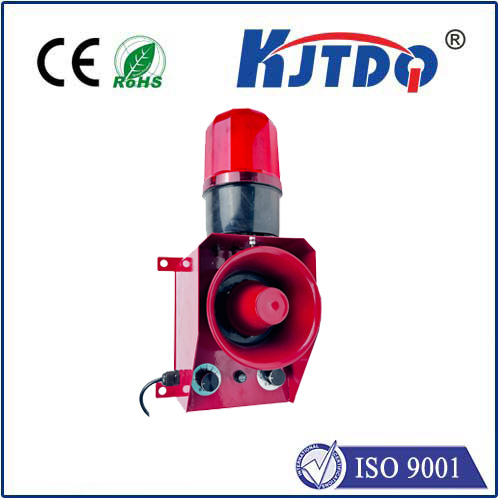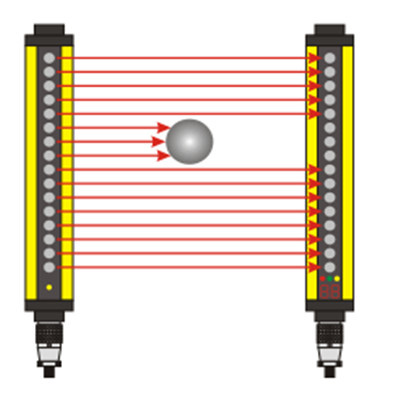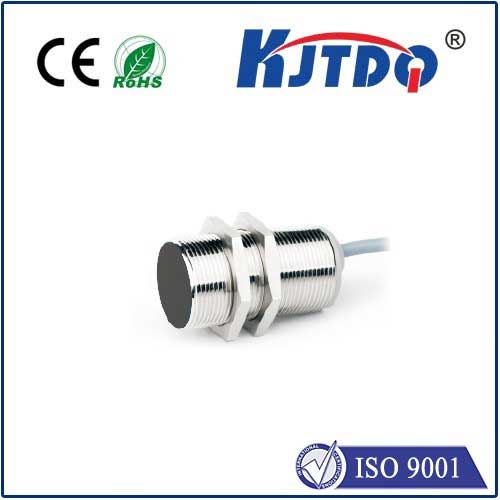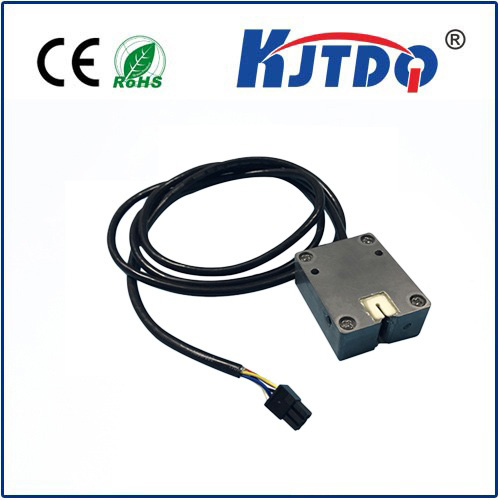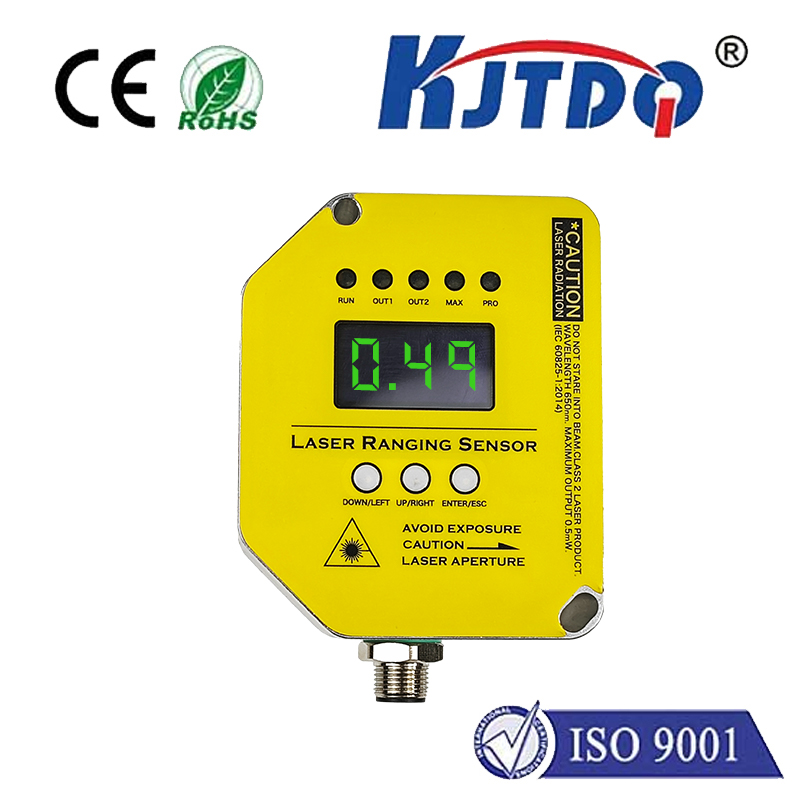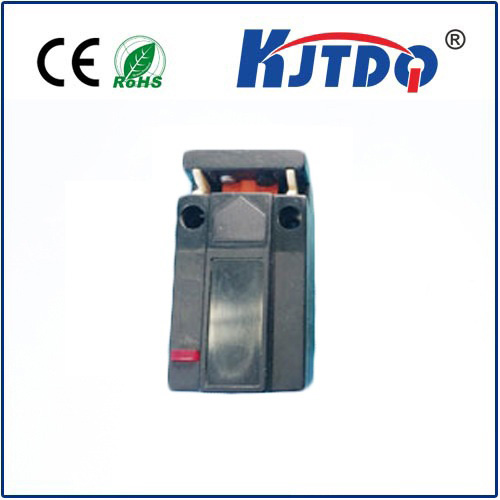
check

check

check

check
Introduction:
Proximity sensors have gained immense popularity in recent years due to their diverse range of applications. One such application is detecting irregular motion, which has become increasingly important in various industries, such as security, healthcare, and manufacturing. In this article, we will explore how ESP32 microcontrollers can be harnessed to implement proximity sensor-based irregular motion detection systems. We will discuss the components required, the programming logic, and real-world examples of how these systems can be used. By the end of this article, you will have a basic understanding of how to integrate proximity sensors with ESP32 to create functional motion detection systems.
Components Required:
To set up a proximity sensor-based irregular motion detection system using ESP32, you will need the following components:
1. ESP32 microcontroller board
2. Proximity sensor (e.g., ultrasonic sensor)
3. Breadboard or PCB for wiring
4. Jumper wires for connecting components
5. Arduino or other compatible development environment (IDE) for coding
Programming Logic:
The programming logic for a proximity sensor-based irregular motion detection system using ESP32 involves two main steps: initialization and motion detection.
a. Initialization: During initialization, you need to configure the ESP32 microcontroller to communicate with the proximity sensor. This typically involves setting up the serial communication between the microcontroller and the sensor and configuring the sensor's parameters, such as frequency and threshold value. Additionally, you need to determine whether the sensor should detect stationary or moving objects based on your specific requirements.
b. Motion Detection: Once the system is initialized, it can begin detecting irregular motion. This involves reading the output from the proximity sensor and comparing it with a predefined threshold value. If the sensor detects an object that exceeds the threshold, it sends a signal to the microcontroller, which can then trigger an action, such as sending an alert or turning on a lights.
Real-World Examples:
There are numerous real-world examples of proximity sensor-based irregular motion detection systems using ESP32. Here are a few examples:
1. Smart Door Lock System: By incorporating a proximity sensor into a door lock, homeowners can ensure that only authorized persons can gain access to their homes. When someone approaches the door outside the set threshold distance, the lock activates automatically, allowing them entry. If the person does not match the authorized list, the system triggers an alert or locks the door remotely.
2. Security Camera with Motion Detection: A security camera equipped with a proximity sensor can detect movement within its field of view and send an alert notification to your smartphone when unusual activity is detected. This can be especially useful for monitoring high-traffic areas like entrances, exits, and parking lots.
Conclusion:
In conclusion, proximity sensors have revolutionized the way we perceive physical proximity and have opened up numerous possibilities for innovation in various industries. By combining ESP32 microcontrollers with proximity sensors, we can create sophisticated motion detection systems that offer enhanced security, improved health monitoring, and efficient manufacturing processes. As technology continues to advance, we can expect even more exciting applications of these technologies in our daily lives.
